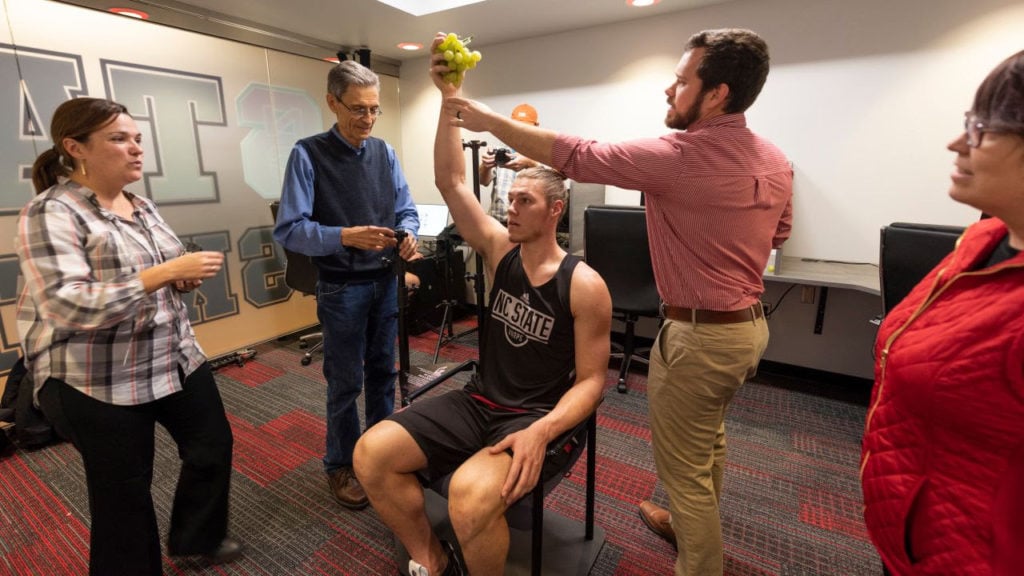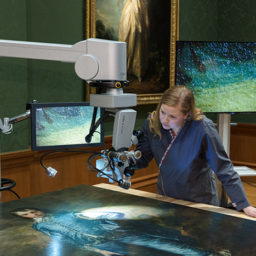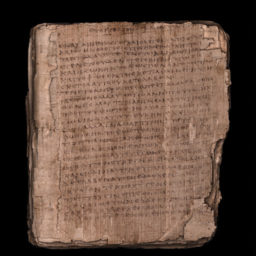The North Carolina Museum of Art has recruited an unlikely collaborator to help restore an ancient Roman statue: forward Wyatt Walker of the North Carolina State University basketball team.
Walker is lending one of his toned arms as a model for a 3D scan addition to the sculpture. The effort is part of the ongoing Bacchus Conservation Project, an initiative to refurbish the museum’s second-century Roman sculpture of Bacchus, which is currently headless and missing its right arm. For the scan, Walker held his arm above his head, holding a bunch of grapes to mimic a 19th-century drawing of the completed statue.
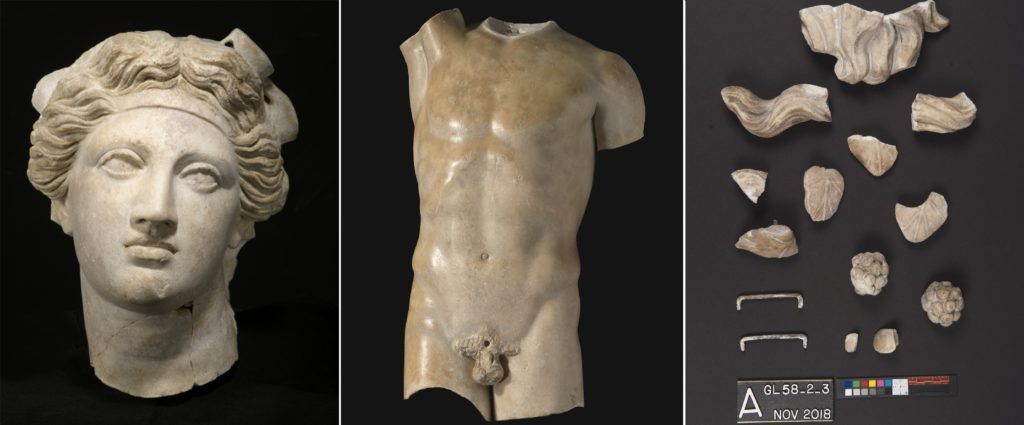
From left: Head of Dionysos (ca. 1–3rd century); Torso of a Youth (ca. 2nd century); Locks of hair, berries, leaves (ca. 17th century). Courtesy of NCMA.
Conservators at the museum knew that in order to faithfully replicate the arm, they would need a tall and muscular model—so a basketball player was an ideal fit. Standing at an impressive six-foot-nine inches, Walker’s frame almost exactly matches the original sculpture’s dimensions.
“It was a privilege to be chosen to help with this project,” Walker said in a statement. “I was honored to be able to offer my arm for 3D scanning to help them complete their work.”
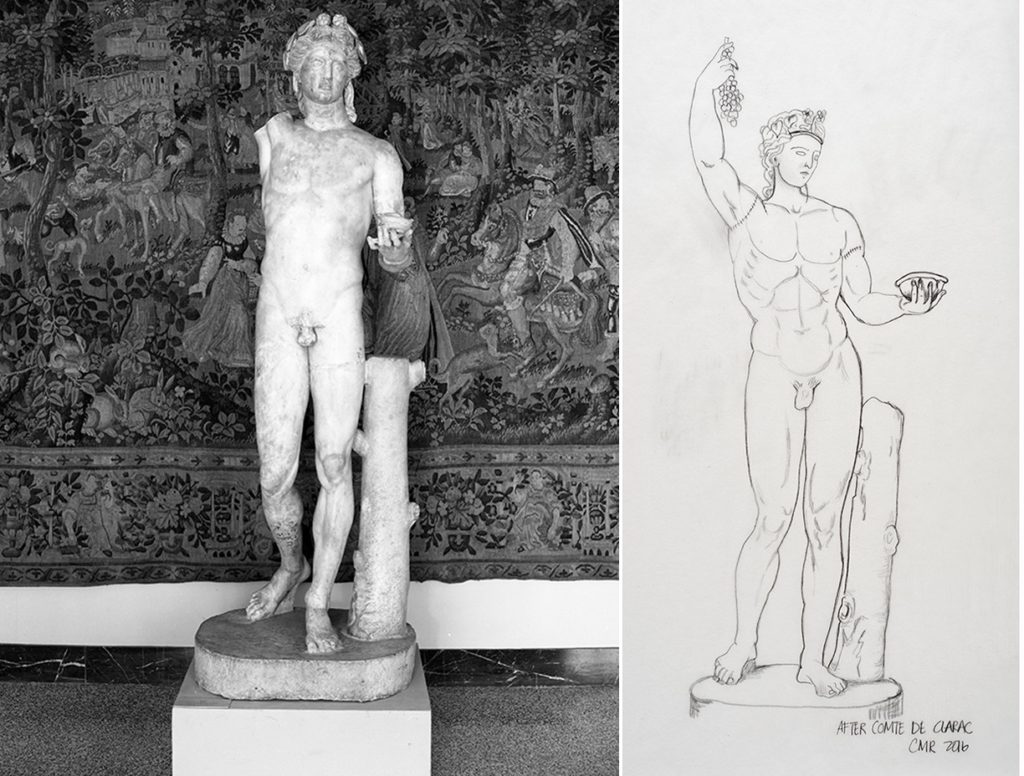
A photograph from the 1950s of the sculpture, and a drawing from the 1830s that show the full statue. Courtesy of the NC Art Museum.
The Bacchus Conservation Project began in 2013, but academic interest in the statue dates back to the 1960s, when scholars first realized that the Dionysian work was actually a patchwork of sculptures: a rare second-century Roman torso, a head from a different ancient sculpture, and limbs, hair, and berries that were added later.
In the 1980s, scholars began to deconstruct the work, starting by removing the head. The museum’s team reignited the conservation project five years ago—but with more advanced technology and resources to guide them, they soon decided to change course. The team’s research showed that the sculpture contained more fragments from ancient quarries than previously known, and therefore it made more sense to show the pieces all together than to take them apart.
Thanks to an old photograph and a drawing from 1837, the team can see the intended structure of the work as it was assembled in the late 16th or early 17th centuries. To restore the sculpture’s form, researchers will reattach the head to the body—and add a (reversible) 3D scan of the missing arm holding grapes thanks to help from Walker.
The museum eventually plans to publish a catalogue and organize an exhibition focusing on the history of the restored statue.
